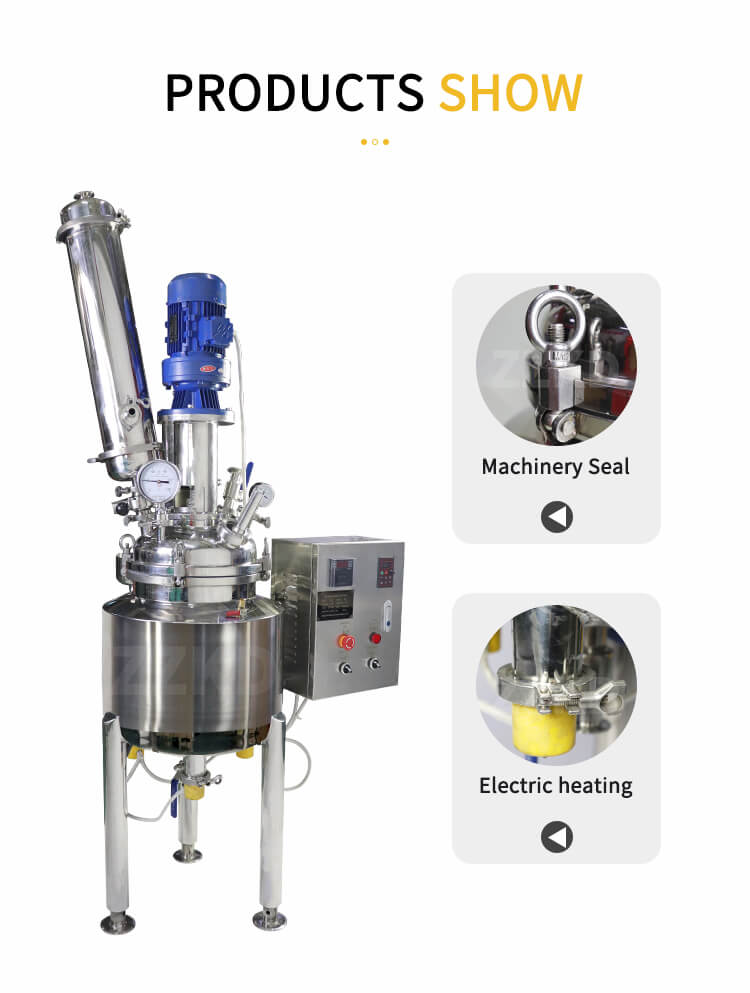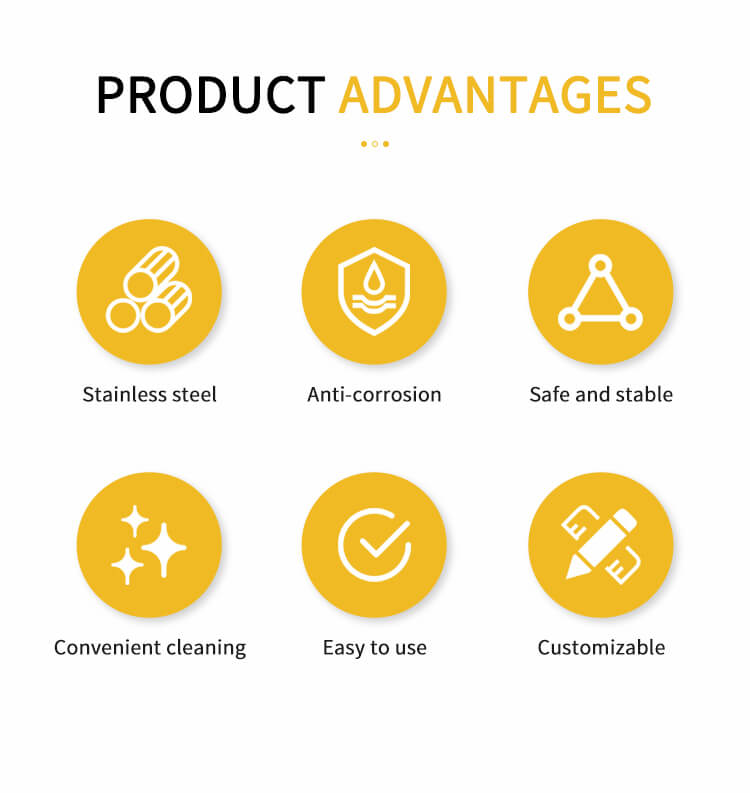Stainless steel reactors play a crucial role in various industries, including chemical, pharmaceutical, and food processing. These reactors are known for their durability and resistance to corrosion, making them ideal for handling a wide range of chemical processes. In this article, we will delve into the working principle of stainless steel chemical reactor, exploring their design, components, and key operational aspects.
Introduction to Stainless Steel Reactors
Stainless Steel Reactors: A Foundation in Chemical Processing
Stainless steel reactors are at the heart of chemical processing industries, serving as vessels where chemical reactions take place. Their primary function is to provide a controlled environment for these reactions, ensuring safety, efficiency, and product quality. These reactors are constructed using high-quality stainless steel materials, known for their exceptional resistance to corrosion and ability to withstand high temperatures and pressures.

Key Components of a Stainless Steel Reactor
A typical stainless steel reactor comprises several key components, each contributing to its functionality:
1. Reactor Vessel
The reactor vessel is the central part of the system, where chemical reactions occur. It is typically cylindrical in shape and made from stainless steel to withstand the harsh conditions of chemical processes. The vessel is equipped with various features, such as agitation systems and heat exchangers, to facilitate efficient mixing and temperature control.
2. Agitation System
Proper mixing of reactants is essential for uniform and efficient chemical reactions. Stainless steel reactors are equipped with agitation systems that can vary in design, including paddle agitators, turbine agitators, and anchor agitators. These systems ensure thorough mixing of reactants and help maintain a homogeneous reaction environment.
3. Heat Exchangers
Controlling temperature is critical in many chemical processes. Heat exchangers in stainless steel reactors allow for precise temperature regulation by either heating or cooling the reactor contents. This is vital for maintaining reaction rates and achieving desired product outcomes.

Operating Principles of Stainless Steel Reactors
Heat Transfer Mechanisms
Stainless steel reactors rely on various heat transfer mechanisms to maintain the desired temperature within the vessel. These mechanisms include conduction, convection, and radiation.
Conduction: Heat is transferred through direct contact between the reactor wall and the contents. Stainless steel, with its high thermal conductivity, facilitates efficient heat transfer.
Convection: In convection-based heat transfer, fluid movement within the reactor helps distribute heat evenly. Agitation systems play a significant role in promoting convection.
Radiation: While less common, radiation can also contribute to heat transfer within a stainless steel reactor, particularly at high temperatures.
Batch and Continuous Operation
Stainless steel reactors can operate in two primary modes: batch and continuous.
4. Batch Operation
In batch operation, the reactor is charged with a specific quantity of reactants, and the entire process occurs within the vessel. Once the reaction is complete, the contents are discharged, and the vessel is cleaned before the next batch. This mode is suitable for processes with defined start and end points.
5. Continuous Operation
Continuous operation involves a steady inflow of reactants into the reactor while the product is continuously removed. This mode is ideal for processes requiring continuous production, offering higher efficiency and reduced downtime compared to batch operation.

Safety Measures in Stainless Steel Reactors
Pressure and Temperature Control
Safety is paramount in the operation of stainless steel reactors, especially when dealing with high pressures and temperatures. Pressure relief valves and temperature sensors are integral components that ensure safe operation by preventing overpressure and overheating.
Material Compatibility
Choosing the right stainless steel grade is crucial to prevent corrosion and ensure compatibility with the reactants. Understanding the properties of different stainless steel alloys and their resistance to specific chemicals is essential for safe reactor operation.

Operator Training
Proper training of operators is essential to prevent accidents and ensure the correct operation of stainless steel reactors. Operators must be familiar with safety procedures, emergency protocols, and the specific equipment they are using.
Conclusion
Stainless steel reactors are indispensable in chemical processing industries, offering a robust and reliable platform for various chemical reactions. Their working principles, which include the use of high-quality materials, key components like agitation systems and heat exchangers, and safety measures, ensure efficient and safe operation. Whether in batch or continuous mode, stainless steel reactors play a pivotal role in manufacturing processes across the globe, contributing to the production of essential chemicals and products. Understanding their working principles is vital for professionals in these industries to optimize their use and ensure product quality and safety.
